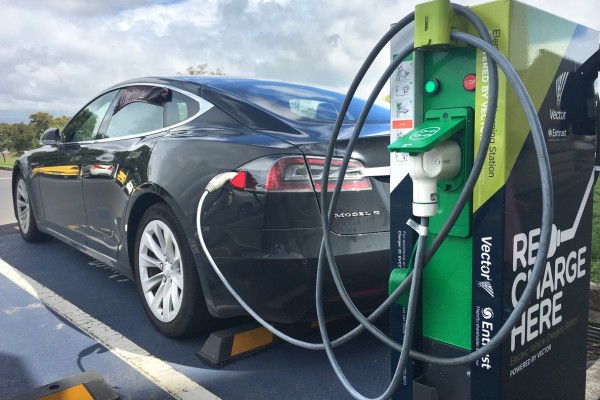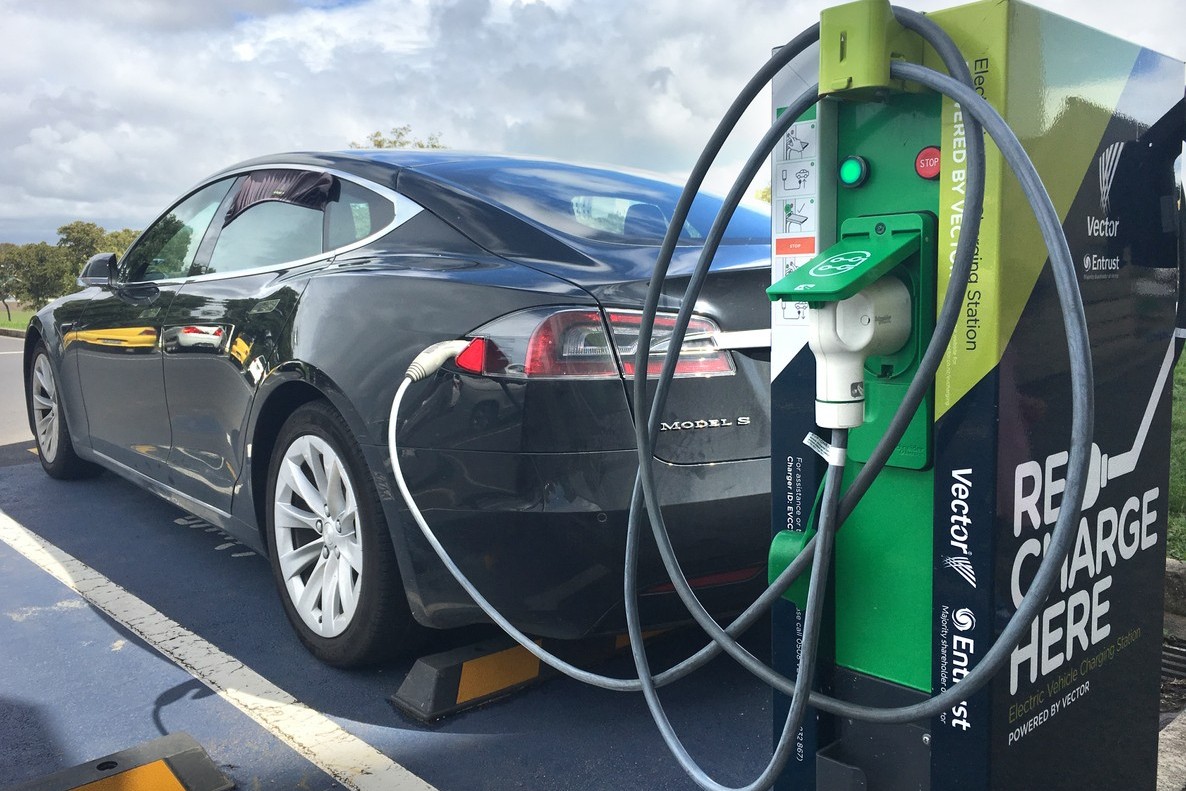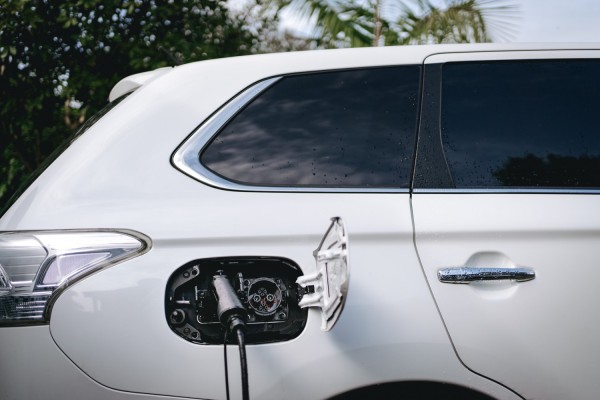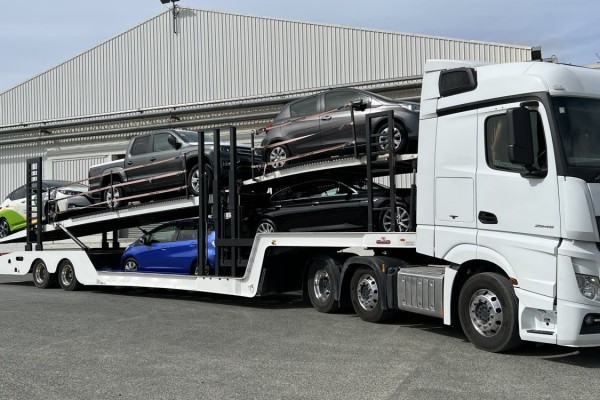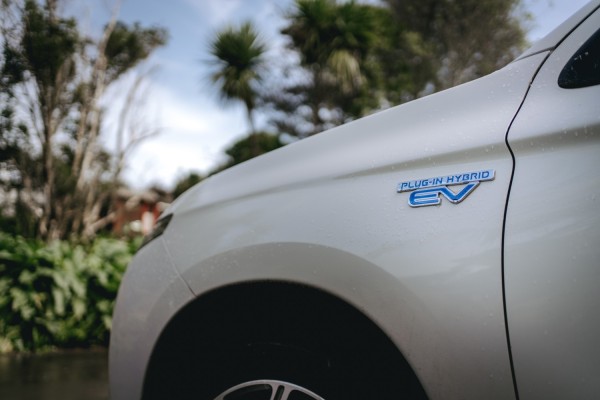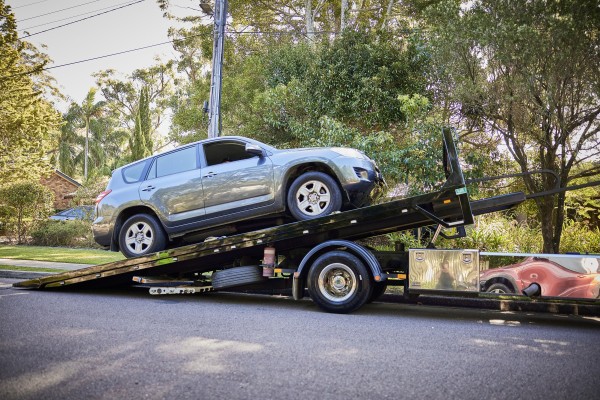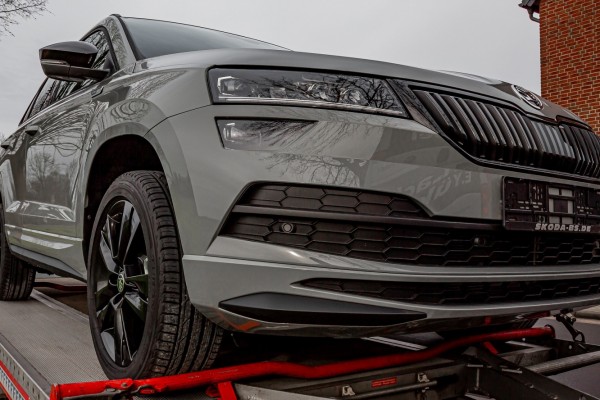What Types of EVs are Available in the New Zealand market?
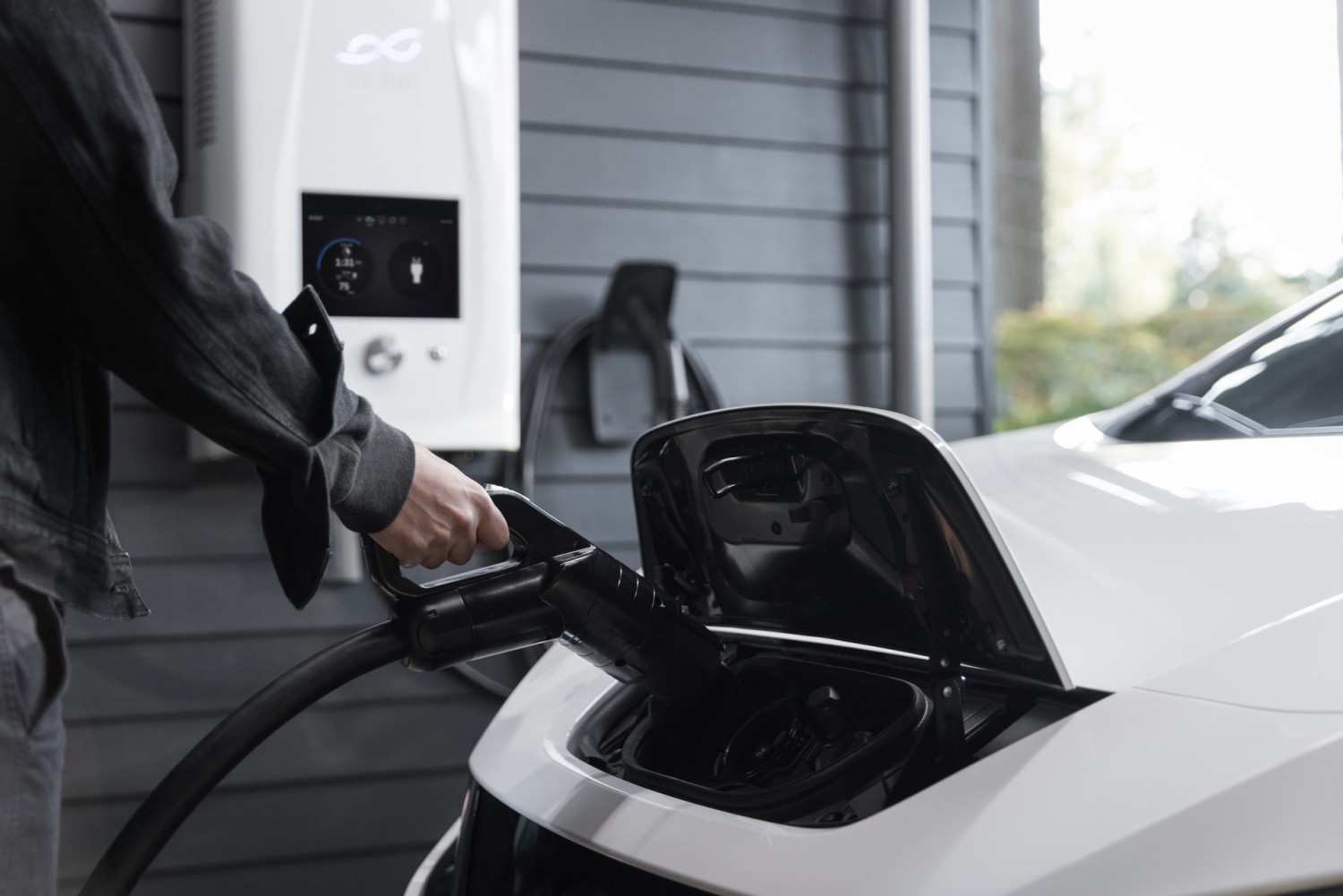
Elective vehicles (EVs) are more popular than ever. In fact, over 6.5 million EVs were sold in 2021. That’s a 109% increase from 2020. There is a good chance that your next vehicle may be an EV. Therefore, it’s a good idea to know what types of EVs are available. In this guide, we will talk about the three major types of EVs that are available along with their advantages and disadvantages. Finally, we will show you which EVs are available in the New Zealand market.
Battery Electric Vehicles (BEVs)
Battery electric vehicles or BEVs are powered solely by an electric battery. These vehicles are also known as pure electric vehicles. Perhaps the best examples of BEVs are Tesla’s line-up of vehicles including the Model 3, Model E, Model S, and Model Y. These vehicles are zero-emission and can be charged at home or via a fast-charging station.
Advantages
Zero-emission
If you are environmentally conscious, then you will like what BEVs have to offer. That is because they do not allow any emissions. This not only keeps the air cleaner around your community, but it can also help reduce your carbon footprint. Additionally, a zero-emission vehicle may be a good choice if you have respiratory issues.
No worries about fuel costs
With a BEV, you don’t have to worry about prices at the gas pump. Not only that, you don’t have to worry about the occasional supply chain shortages that could make it hard to have access to petrol at any price.
Fewer Parts to Maintain
Because BEVs have no motor, you don’t have to deal with all the associated parts that you will find in a traditional vehicle. This will not only save you in routine maintenance costs, but you also don’t have to worry about having so many parts replaced during your vehicle ownership experience.
Disadvantages
Range anxiety
You will find yourself checking the available range on your BEV if you are going on long road trips. While the BEV battery range is improving, there may be some situations where you may have to alter your plans to deal with having your vehicle charged.
High battery replacement costs
The batteries on BEVs can be extremely expensive. After about four or five years, the battery tray will have to be replaced. This will cost you thousands of dollars. That’s something to keep in mind if you plan on owning a BEV for a long period of time.
Long charging times at home
If you are not using a fast-charging station, then you will have to charge your vehicle overnight at home. Typically, a home charger will take anywhere from 6 to 8 hours to fully charge a BEV.
BEVs available in New Zealand
Audi e-tron GT Quattro

Peugeot e-208
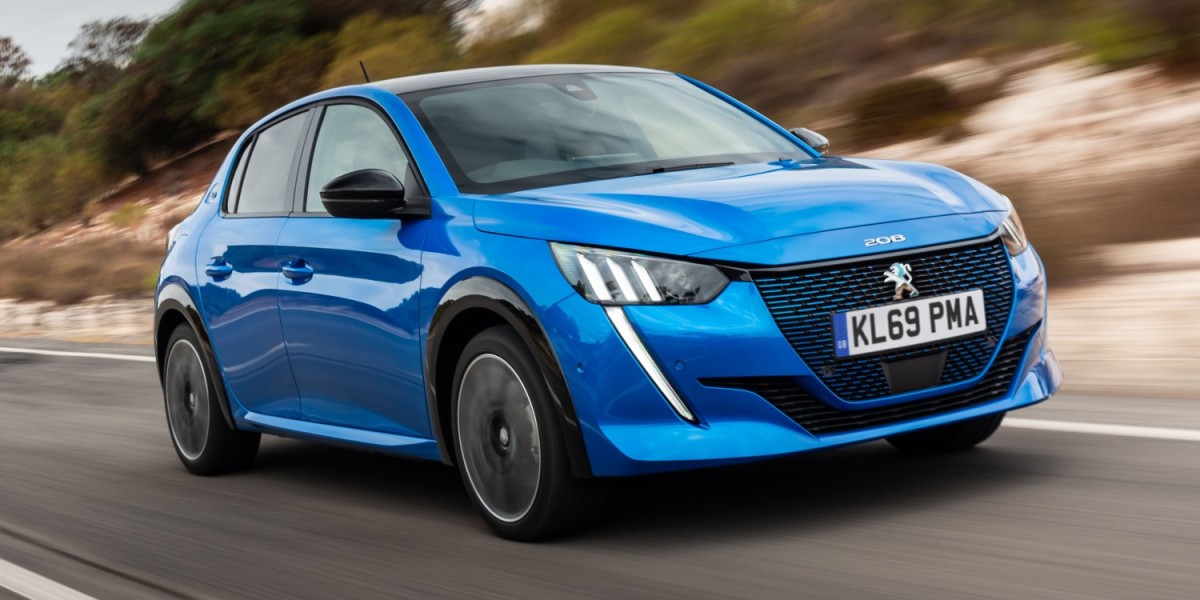
KIA EV6
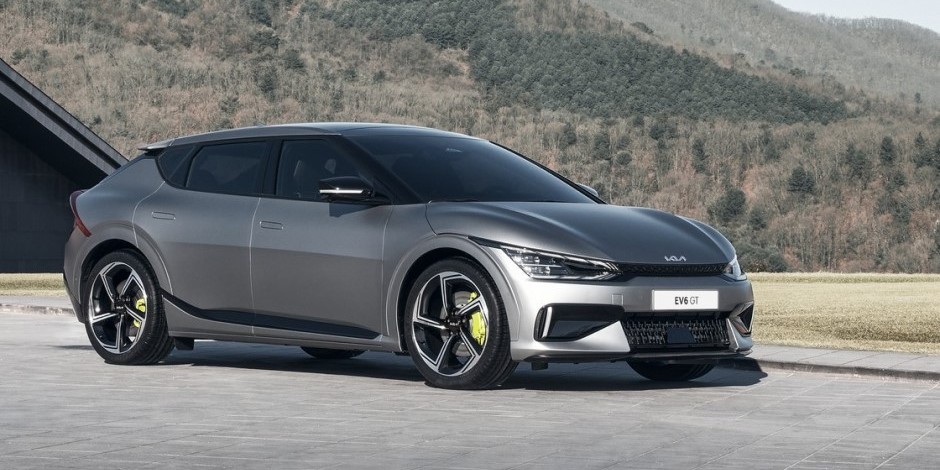
Plug-in Electric Vehicles (PHEVs)
A plug-in electric vehicle or PHEVs area type of hybrid vehicle that contains both an electric motor and an engine. That means that a PHEV has two powertrains that work together to provide you with top fuel efficiency depending on your driving behaviour. At low speeds, the electric motor will propel the vehicle forward. At higher speeds, the engine will kick in to provide added power. Unlike a traditional hybrid, a PHEV has a larger battery that needs to be charged.
Advantages
Give you the “best of both worlds”
With a PHEV you get the advantages of both an electric motor and an engine. That means that you get to save on petrol while also having access to a petrol engine when the vehicle’s battery is low on charging power.
Ideal for short commutes
PHEV are great if you go on daily commutes that are less than 15 KM per day. That’s because you are likely to mostly use the battery and save on petrol.
Partial zero-emissions driving
When you are driving on an electric motor, you get to enjoy zero-emission driving.
Disadvantages
You have to plug it in to recharge the electric battery
Because a PHEV has a larger battery than a traditional hybrid, you will have to plug it in to charge the battery.
Complex to maintain
Due to the fact that a PHEV has a hybrid powertrain system, you will have to deal with maintaining both the petrol and the electric components of the vehicle. This can lead to extra maintenance costs including increased costs for replacement parts.
Relatively expensive
PHEVs tend to be more expensive to purchase and maintain than traditional hybrid vehicles.
PHEVs available in New Zealand
Mitsubishi Outlander PHEV
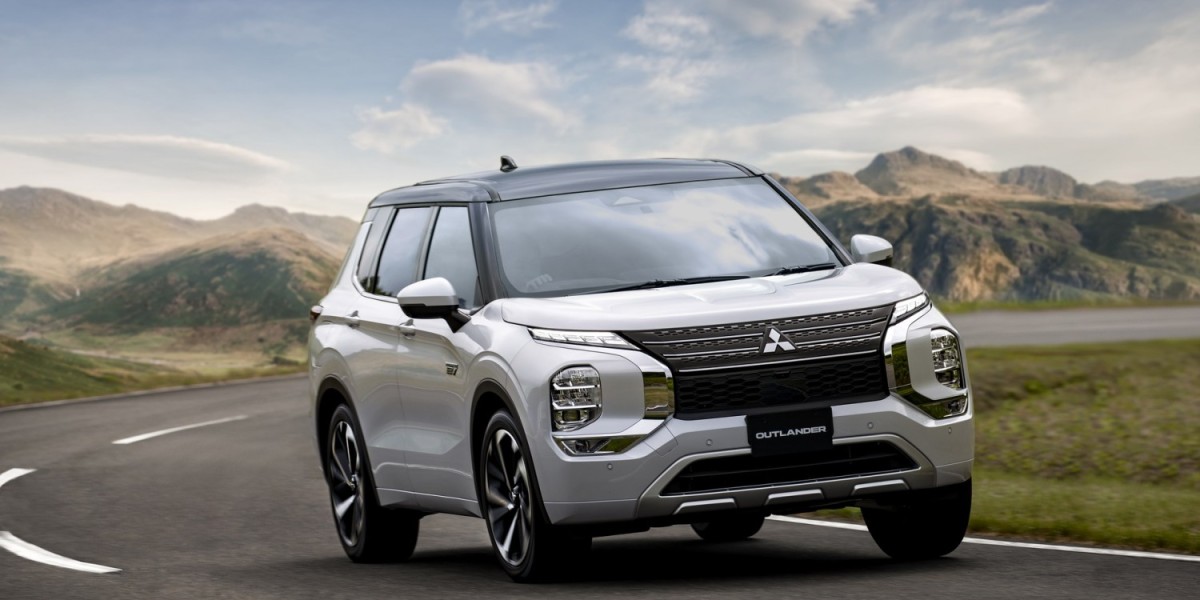
MINI Countryman Hybrid

Toyota Prius Prime

Hybrid Electric Vehicles (HEVs)
A hybrid electric vehicle or HEV has an electric motor that assists the petrol engine during driving duties. The main difference between an HEV and PHEV is that the electric motor of an HEV is powered through regenerative braking. That means that you don’t have to plug in this vehicle in order to charge the battery. An HEV may be an ideal first vehicle for someone looking to drive an electric power car or SUV.
Advantages
No need to plug it in
Since the battery is smaller, you don’t need to plug in the vehicle in order to charge it. The battery of an HEV is charged through regenerative braking.
Extremely fuel-efficient
Thanks to the fact that you will be using the electric motor during low-speed driving conditions, you will save on petrol costs.
Quiet operation
HEVs offer a quieter driving experience versus petrol-powered vehicles.
Disadvantages
More expensive than petrol-powered vehicles
HEVs tend to be more expensive than their purely petrol-powered counterparts. You can expect to spend anywhere between 10% to 25% more upfront.
Maintenance can be expensive
Because an HEV has both a petrol engine and an electric motor, it will be more expensive to maintain. That includes more service centre visits and more replacement parts costs.
Not as clean as other EVs
An HEV is not as clean as a PHEV or a BEV.
HEVs available in New Zealand
Toyota Prius
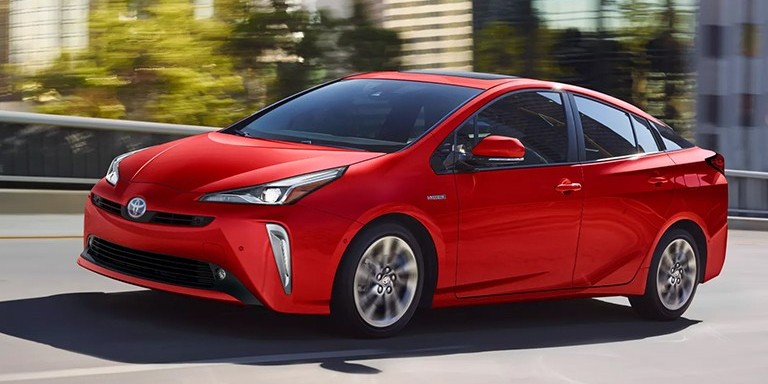
Toyota Aqua
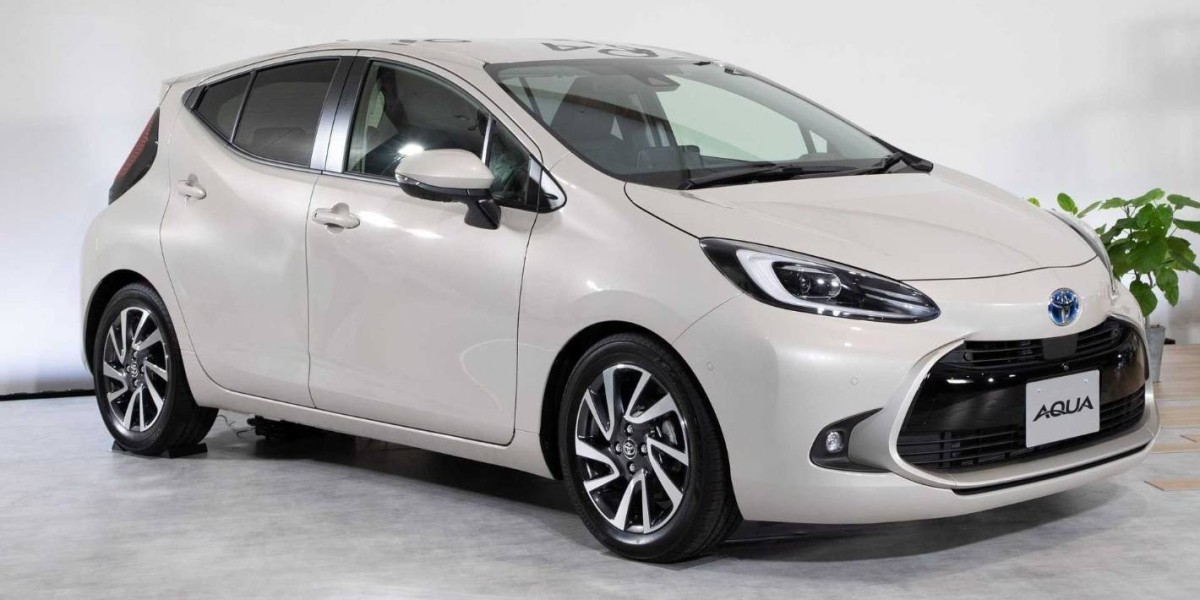
Honda Grace
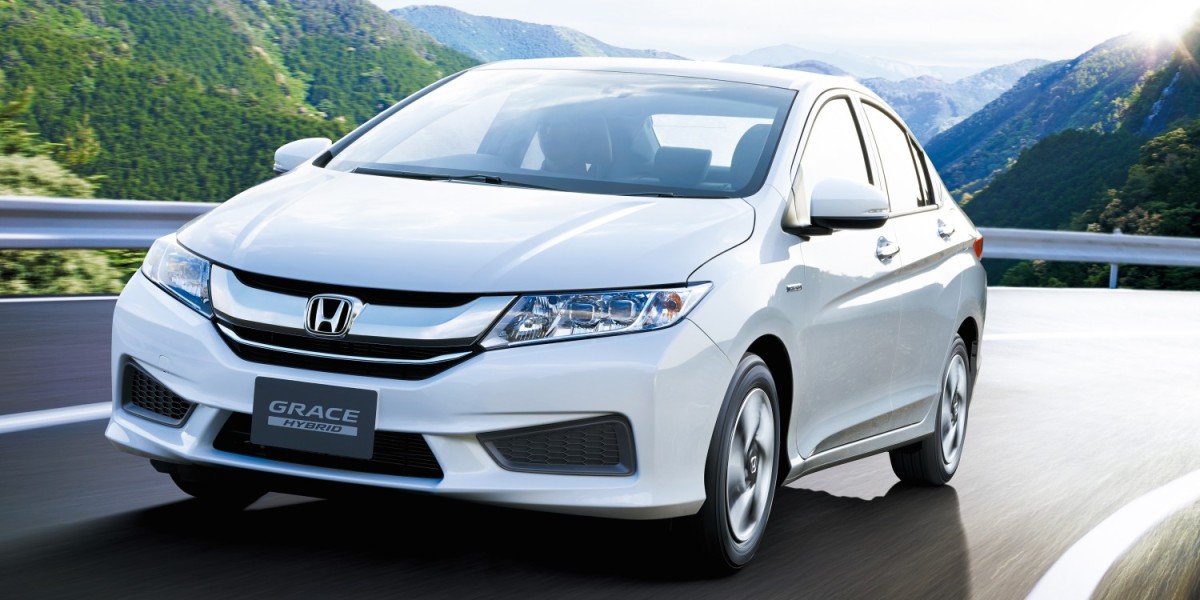
What do our customers say?






For every (wise)move







